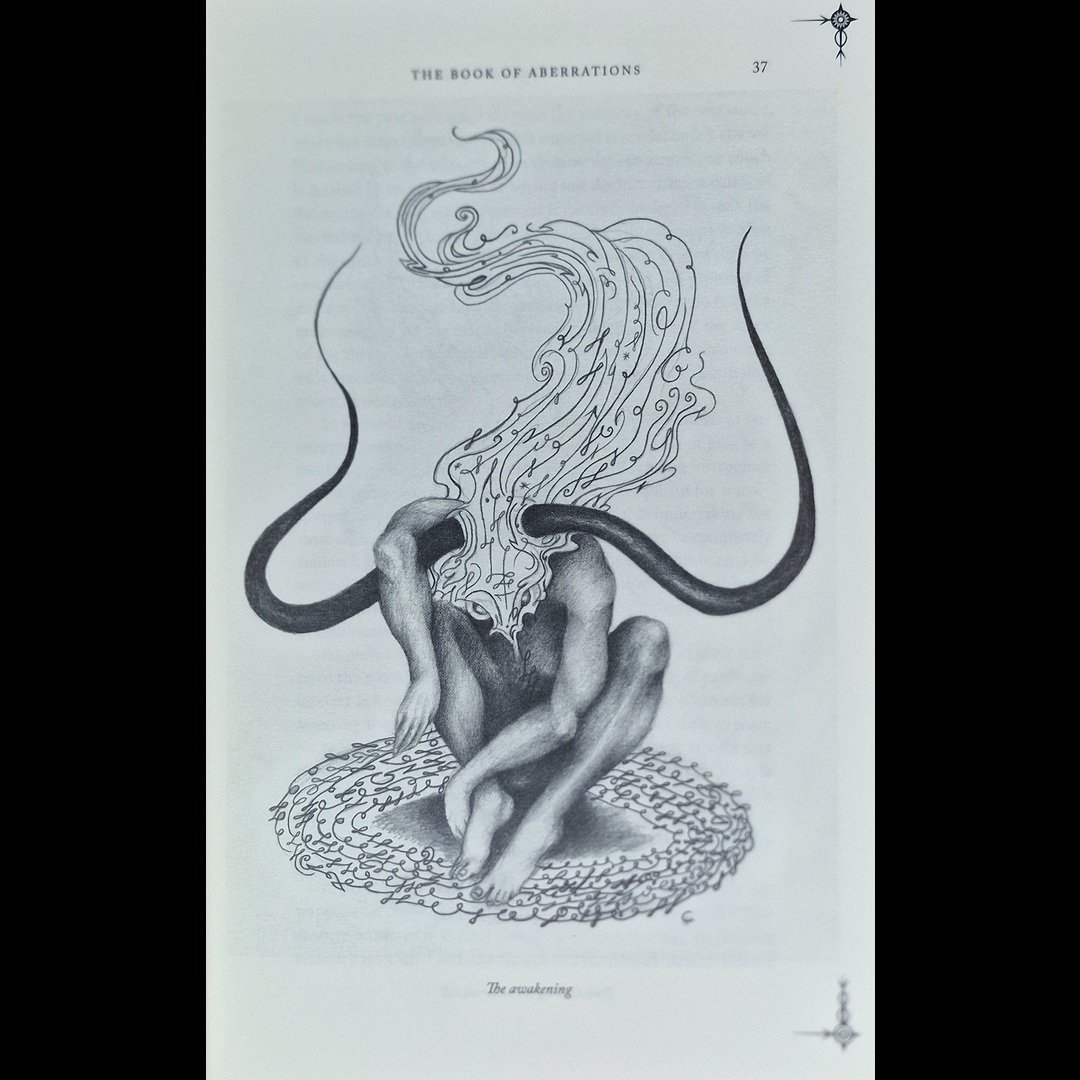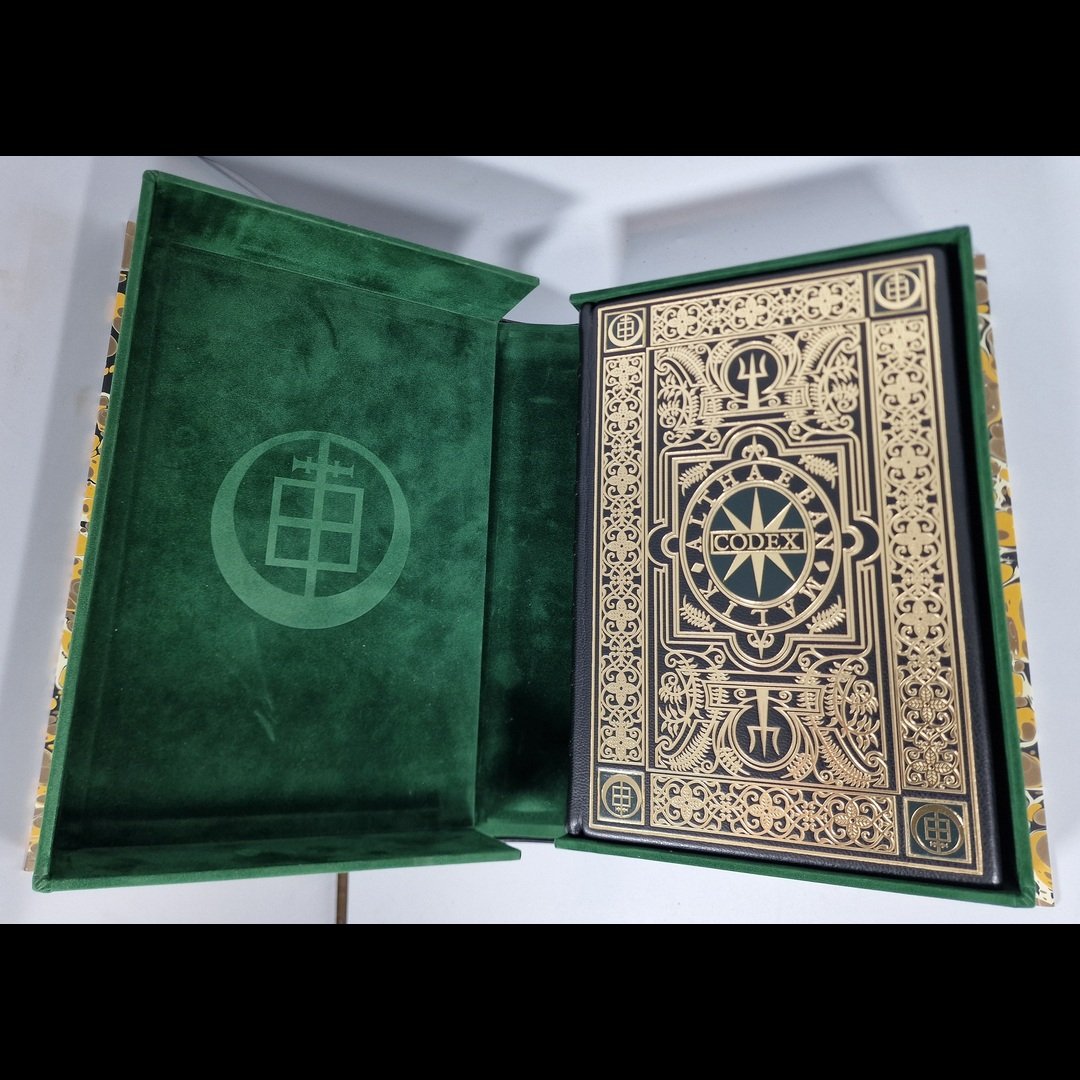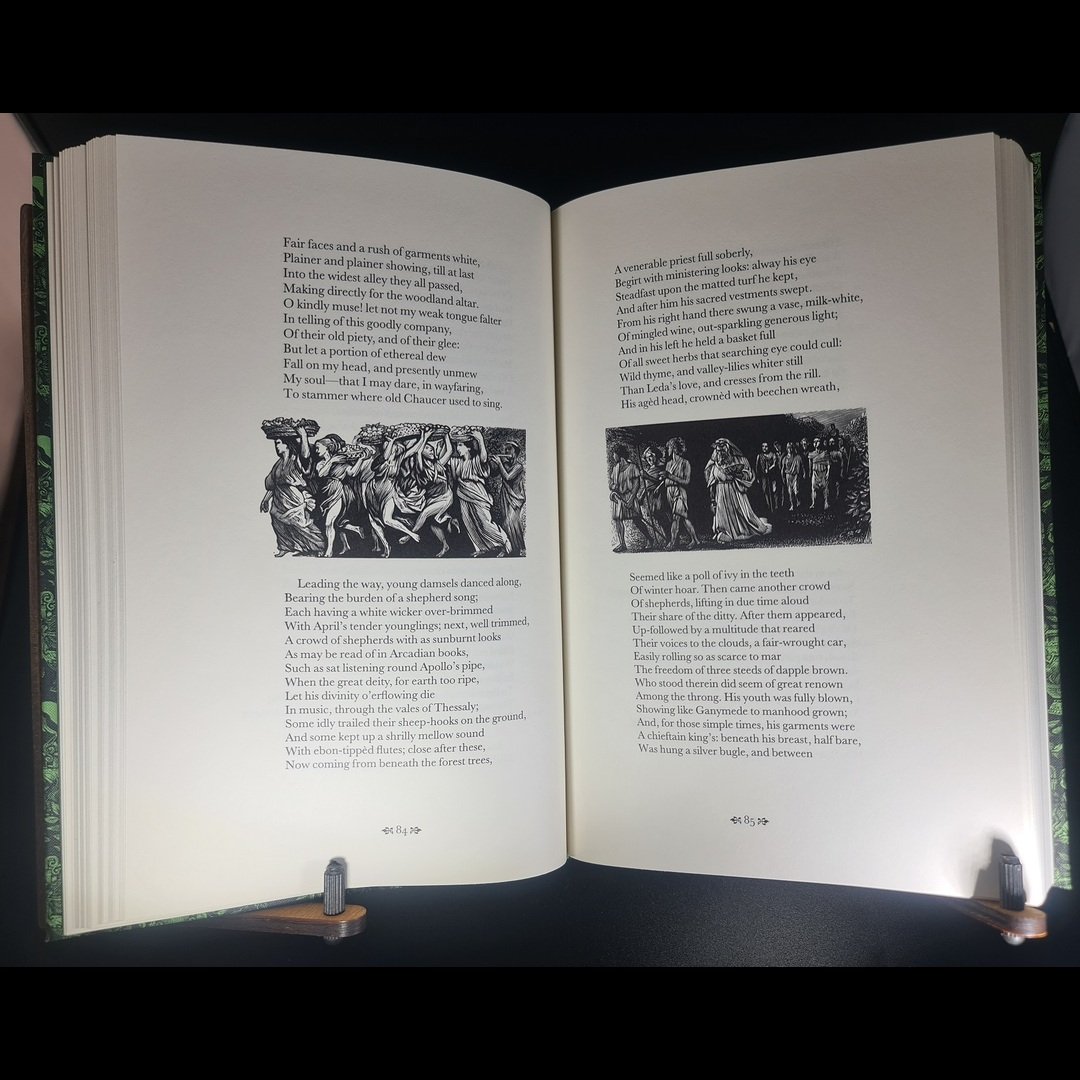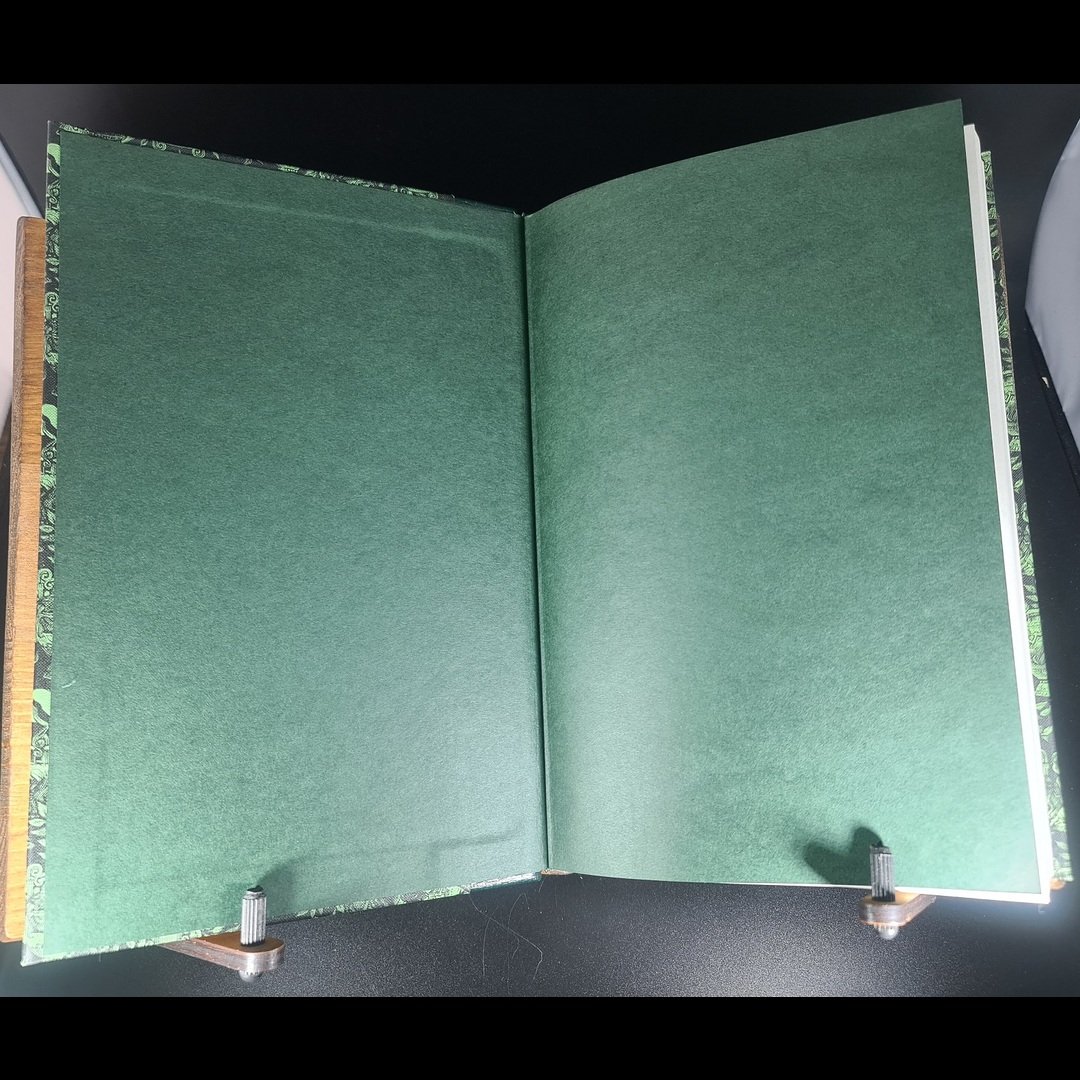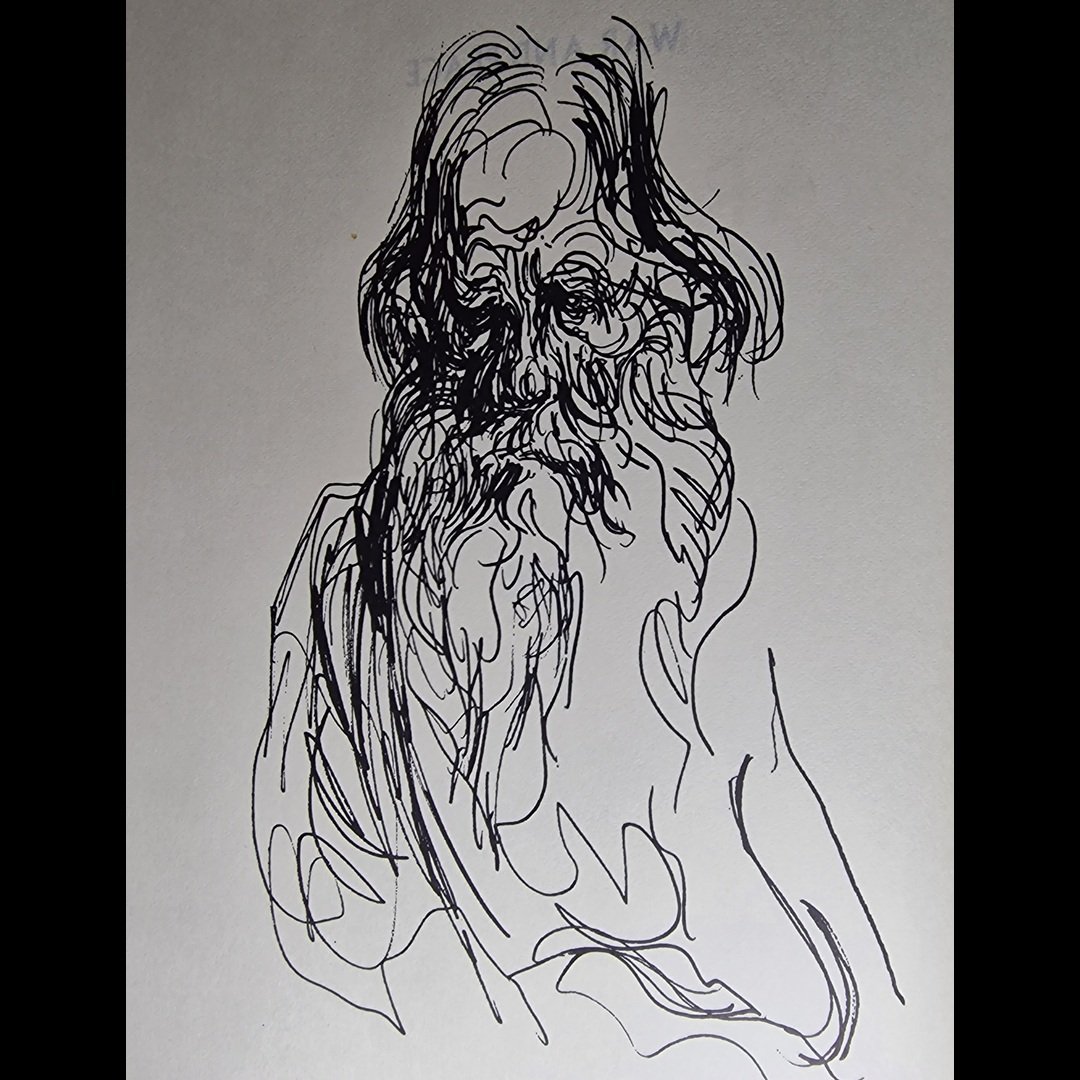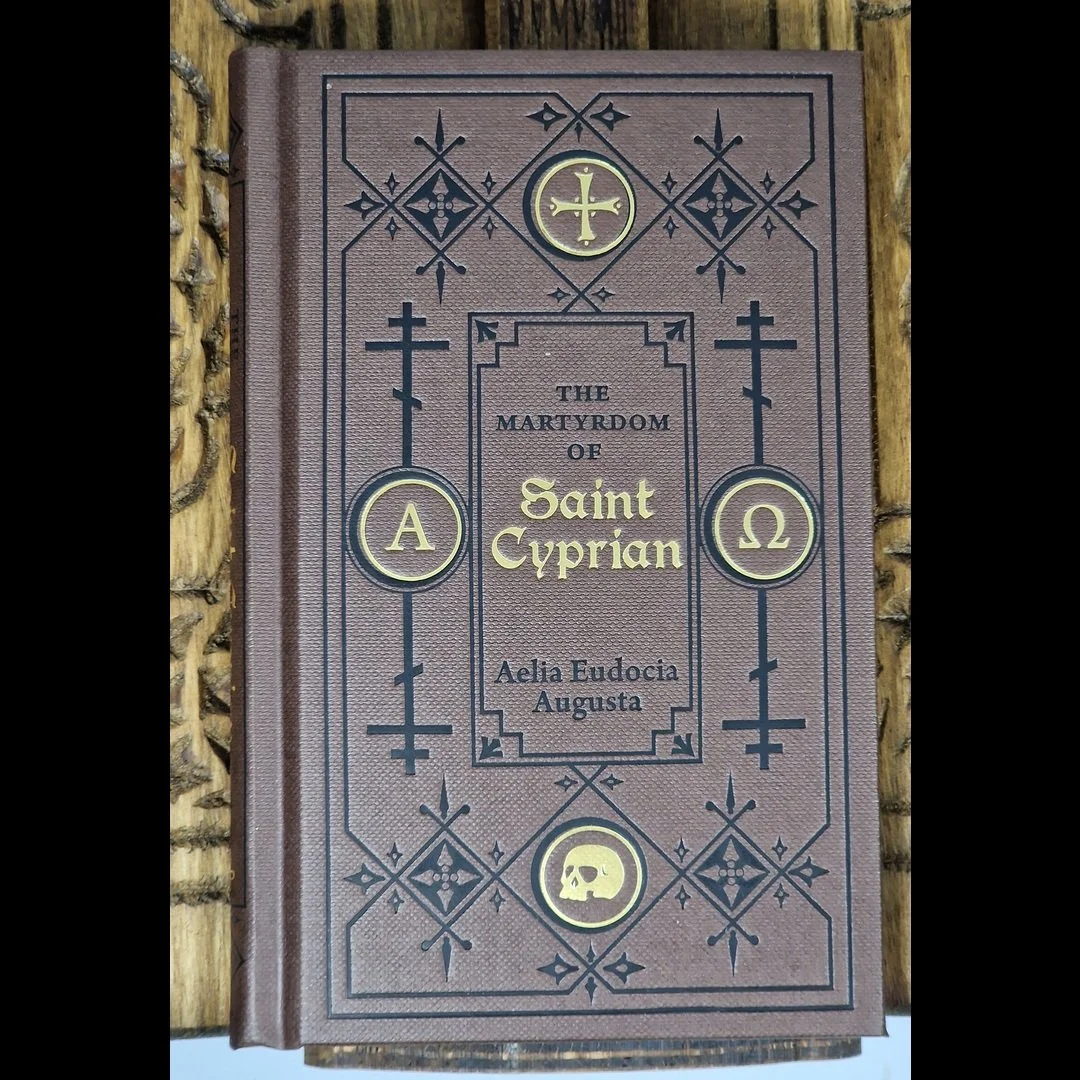 Image 1 of 29
Image 1 of 29

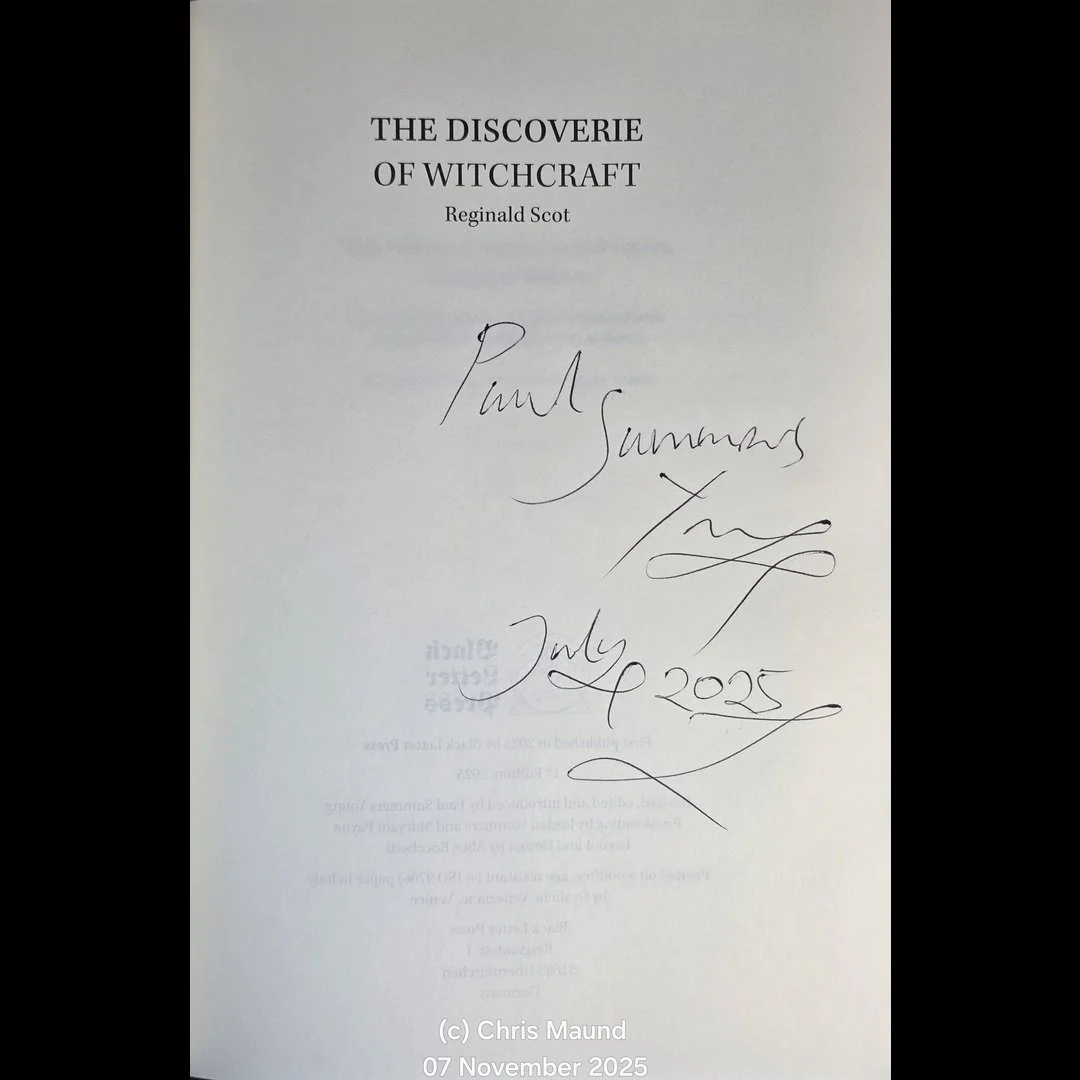 Image 2 of 29
Image 2 of 29

 Image 3 of 29
Image 3 of 29

 Image 4 of 29
Image 4 of 29

 Image 5 of 29
Image 5 of 29

 Image 6 of 29
Image 6 of 29

 Image 7 of 29
Image 7 of 29

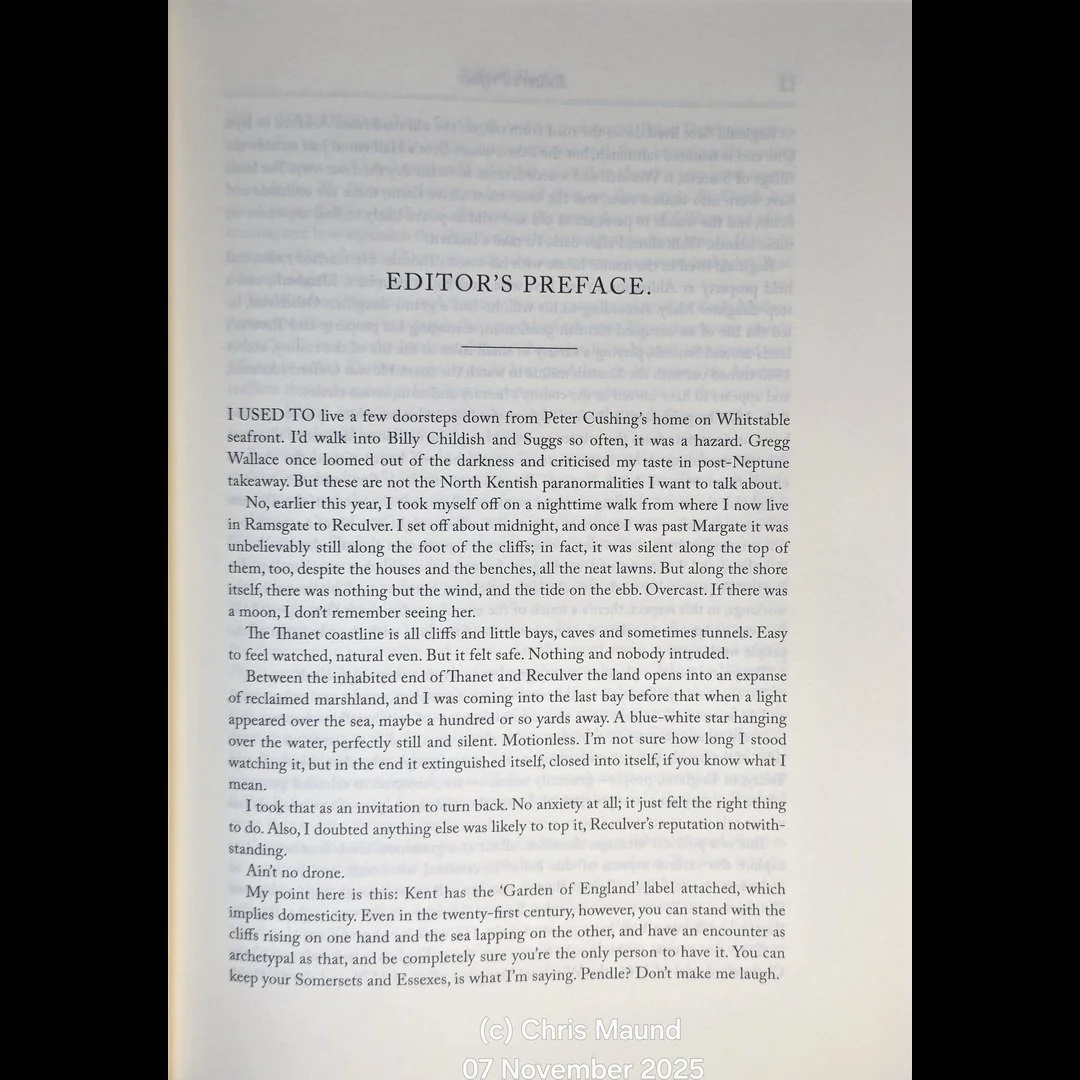 Image 8 of 29
Image 8 of 29

 Image 9 of 29
Image 9 of 29

 Image 10 of 29
Image 10 of 29

 Image 11 of 29
Image 11 of 29

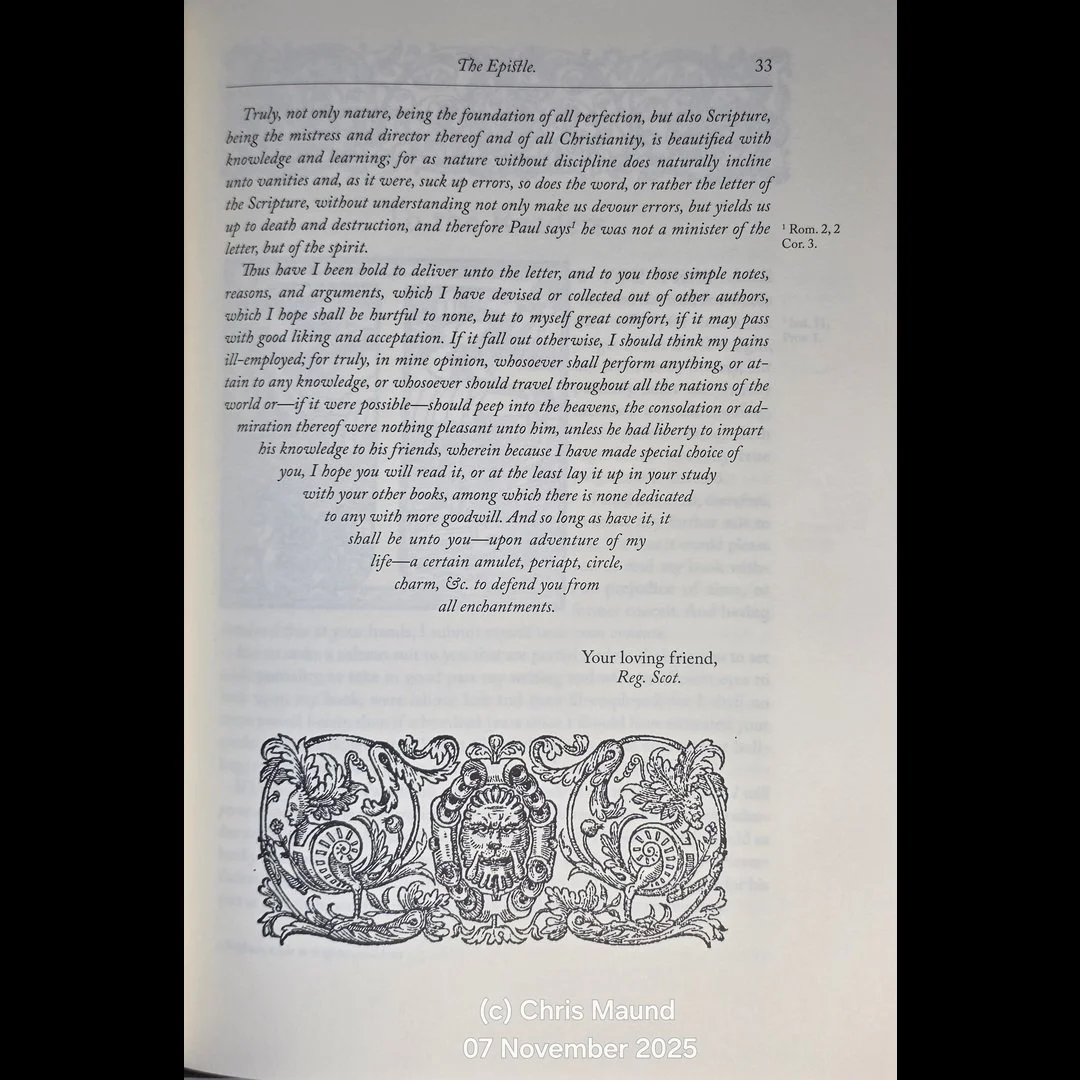 Image 12 of 29
Image 12 of 29

 Image 13 of 29
Image 13 of 29

 Image 14 of 29
Image 14 of 29

 Image 15 of 29
Image 15 of 29

 Image 16 of 29
Image 16 of 29

 Image 17 of 29
Image 17 of 29

 Image 18 of 29
Image 18 of 29

 Image 19 of 29
Image 19 of 29

 Image 20 of 29
Image 20 of 29

 Image 21 of 29
Image 21 of 29

 Image 22 of 29
Image 22 of 29

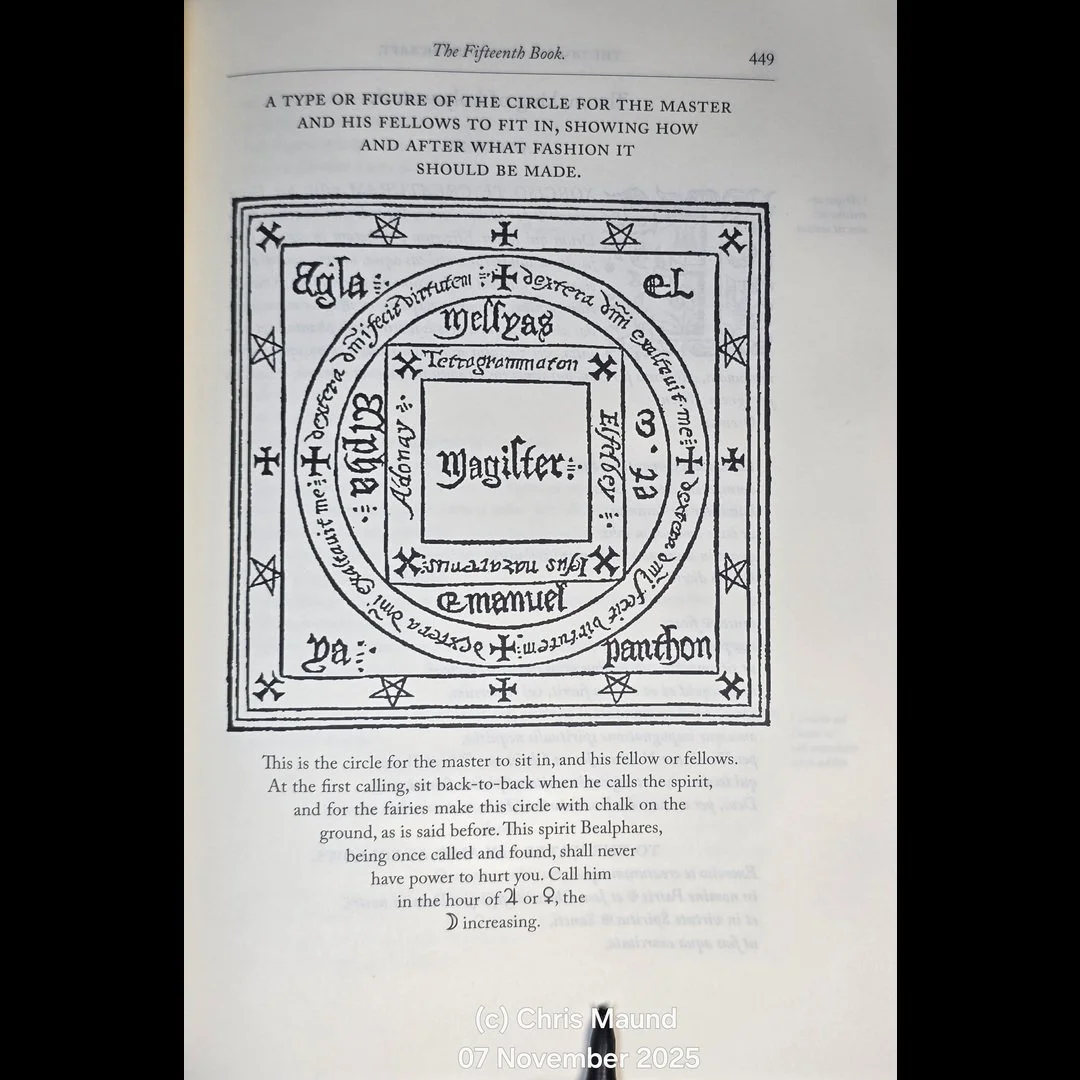 Image 23 of 29
Image 23 of 29

 Image 24 of 29
Image 24 of 29

 Image 25 of 29
Image 25 of 29

 Image 26 of 29
Image 26 of 29

 Image 27 of 29
Image 27 of 29

 Image 28 of 29
Image 28 of 29

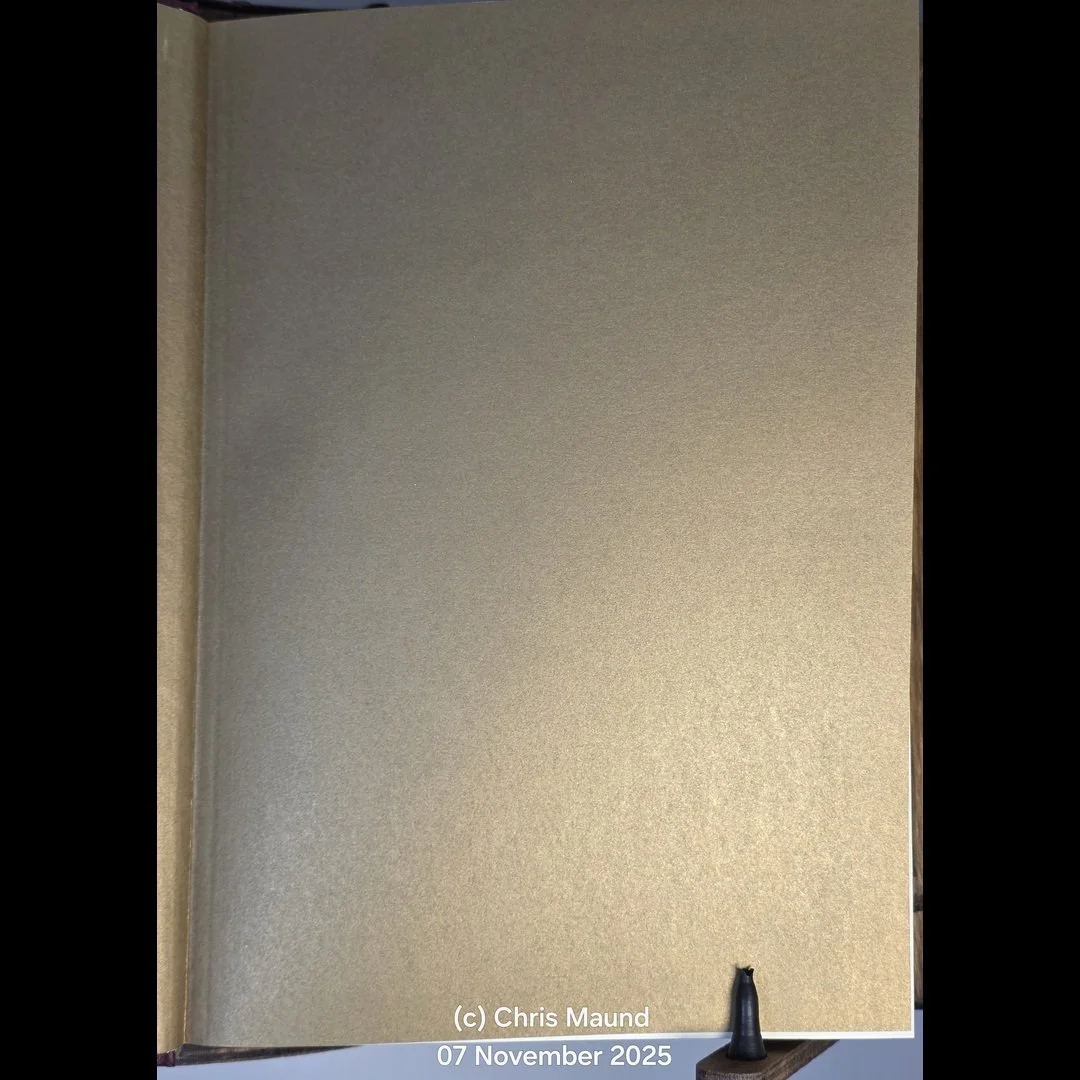 Image 29 of 29
Image 29 of 29






























2025 1st Edtn/1st Prnt Ltd Edtn 58/150 Signed by Author(s) THE DISCOVERIE OF WITCHCRAFT By Reginald Scot/Paul Summers Young Fine Esoteric
2025 1st Edition 1st Printing,
THE DISCOVERIE OF WITCHCRAFT
By Reginald Scot/Paul Summers Young
Reginald Scot (c.1538–1599) was a Kentish gentleman and MP whose sceptical Discoverie became the first substantial English treatise on witchcraft and a landmark of rationalism; it also contains the earliest detailed English descriptions of conjuring.
Paul Summers Young is a Kent author, translator, and editor best known for contemporary editions of early modern esoteric texts with Black Letter Press. His projects include work on Agrippa’s De Occulta Philosophia series, The Lesser Key of Solomon: Ars Goetia and Ars Theurgia, Giambattista della Porta’s Natural Magick, and the French grimoire Le Petit Albert. His editions balance textual fidelity with clear context for modern readers.
Format: Hardcover, quarto (4to 9+1⁄2 × 12 241 × 305),Pages 600
Language: English
Dust Jacket: No Jacket, Dust Jacket Condition: No Jacket
Published By: Black Letter Press, London
Synopsis: From Black Letter Press:
The Discoverie of Witchcraft, published by Reginald Scot in 1584, is a groundbreaking work that challenges the existence of witchcraft and the widespread persecution of alleged witches. It is special for its comprehensive documentation of magical practices, spells, and conjurations, making it one of the earliest compendiums of magic and witchcraft. While aiming to debunk superstitions, Scot meticulously catalogued the occult knowledge of his time, preserving a wealth of information about historical magical traditions. The book promotes scepticism and rationalism while serving as an invaluable resource on early modern occultism.
Scot was deeply motivated by a desire to oppose the irrational and un-Christian prosecution of alleged witches. He held the Roman Catholic Church largely responsible for perpetuating these superstitions and targeted prominent writers such as Jean Bodin, author of Démonomanie des Sorciers, and Jacobus Sprenger, co-author of the infamous Malleus Maleficarum. In contrast, Scot respected figures like Heinrich Cornelius Agrippa and Johann Weyer, adopting some of their more rational views on demonology.
SKU: BTETM0002553
Approximate Package Dimensions H: 12.5, L: 30, W: 25 (Units: cm), W: 2Kg
2025 1st Edition 1st Printing,
THE DISCOVERIE OF WITCHCRAFT
By Reginald Scot/Paul Summers Young
Reginald Scot (c.1538–1599) was a Kentish gentleman and MP whose sceptical Discoverie became the first substantial English treatise on witchcraft and a landmark of rationalism; it also contains the earliest detailed English descriptions of conjuring.
Paul Summers Young is a Kent author, translator, and editor best known for contemporary editions of early modern esoteric texts with Black Letter Press. His projects include work on Agrippa’s De Occulta Philosophia series, The Lesser Key of Solomon: Ars Goetia and Ars Theurgia, Giambattista della Porta’s Natural Magick, and the French grimoire Le Petit Albert. His editions balance textual fidelity with clear context for modern readers.
Format: Hardcover, quarto (4to 9+1⁄2 × 12 241 × 305),Pages 600
Language: English
Dust Jacket: No Jacket, Dust Jacket Condition: No Jacket
Published By: Black Letter Press, London
Synopsis: From Black Letter Press:
The Discoverie of Witchcraft, published by Reginald Scot in 1584, is a groundbreaking work that challenges the existence of witchcraft and the widespread persecution of alleged witches. It is special for its comprehensive documentation of magical practices, spells, and conjurations, making it one of the earliest compendiums of magic and witchcraft. While aiming to debunk superstitions, Scot meticulously catalogued the occult knowledge of his time, preserving a wealth of information about historical magical traditions. The book promotes scepticism and rationalism while serving as an invaluable resource on early modern occultism.
Scot was deeply motivated by a desire to oppose the irrational and un-Christian prosecution of alleged witches. He held the Roman Catholic Church largely responsible for perpetuating these superstitions and targeted prominent writers such as Jean Bodin, author of Démonomanie des Sorciers, and Jacobus Sprenger, co-author of the infamous Malleus Maleficarum. In contrast, Scot respected figures like Heinrich Cornelius Agrippa and Johann Weyer, adopting some of their more rational views on demonology.
SKU: BTETM0002553
Approximate Package Dimensions H: 12.5, L: 30, W: 25 (Units: cm), W: 2Kg
Fine - One of only three known signed copies (I also have the other two).
The Collector's edition is limited to 150 numbered copies. These hand-numbered editions of The Discoverie of Witchcraft are designed to be more than just books—they are works of art, carefully crafted to enhance your reading experience and to be cherished as heirlooms. You are securing a piece of history, elegantly presented and meticulously produced.
Quarter-bound with finely crafted cloth spines and gold-tooled title labels
Cover boards adorned with stunning marbled paper for a classic, sophisticated look
Enhanced with gold gilding and two premium ribbon bookmarks
Limited to 150 hand-numbered copies, ensuring exclusivity and value
Dimensions: 245 by 175 mm (9.65 by 6.89 inches)
Paper: Premium paper from Fedrigoni, a renowned Italian paper factory known for excellence in quality prints and fine arts. Fedrigoni is committed to improving sustainability, supporting United Nations Sustainable Development Goals, and working throughout the entire value chain.
Printed and bound by Grafiche Veneziane, in Venice, Italy
Bound in luxurious cloth-structured Fedrigoni Imitlin paper
Decorated with gold gilding for an elegant touch
Includes two high-quality ribbon bookmarks for convenience Please see photos as part of condition report
















